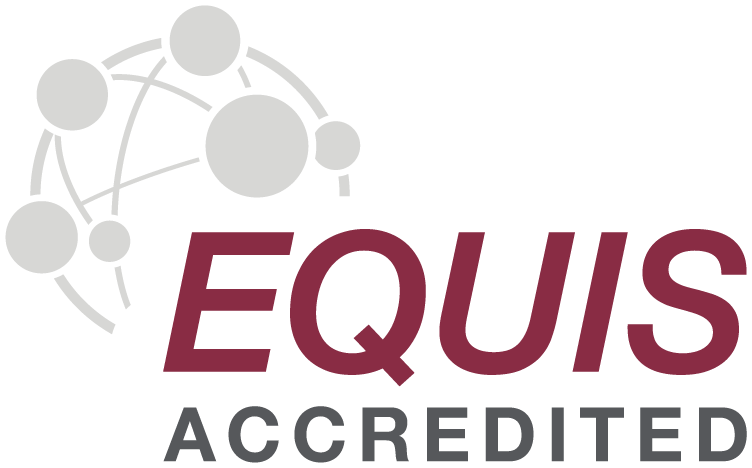
Seminar by Niamh Brennan
ore 12.30 Sala Seminari – I° piano, Palazzo Levi Cases, Via del Santo 33
18.01.2018
Is Corporate Reporting Information Communicated Successfully? A Conceptual Model and Literature Review of Corporate Communication in a Capital Market Context
Seminar by Niamh Brennan, UCD Dublin
This paper identifies what constitutes effective communication between firms and their financial stakeholders in a capital market context and establishes criteria against which effectiveness can be judged. Corporate communication can be considered effective if it achieves the desired or intended outcome of the communication for the communicators. Accounting researchers, professional accounting bodies and regulatory agencies have defined and measured effective corporate communication in various ways: e.g., how quickly audiences respond to it, whether it results in changes in their attitudes, beliefs, or decision-making, and how different audiences interpret it. The communicative effectiveness of corporate communication between firms and their shareholders can be measured by market responses or experiments. The International Integrated Reporting Council introduces “connectivity of information” as one of its guiding principles. Based on insights from the communication studies literature, we conceptualise connectivity more generally as comprising three components, namely (1) textual connectivity, (2) intertextual connectivity, and (3) relational connectivity. Connectivity refers to the ability to connect different sections of a text (textual connectivity), to connect texts of different time periods or different genres (intertextual connectivity), and to connect firms with their audiences (relational connectivity). The paper introduces the concept of connectivity as a key aspect of effective communication and proposes seven criteria for judging effective corporate communication in a capital market context based on an evaluation of how well a firm’s economic events and effects are communicated to financial stakeholders. The paper assesses how digital communication and social media provide opportunities for improving connectivity in corporate communication.







